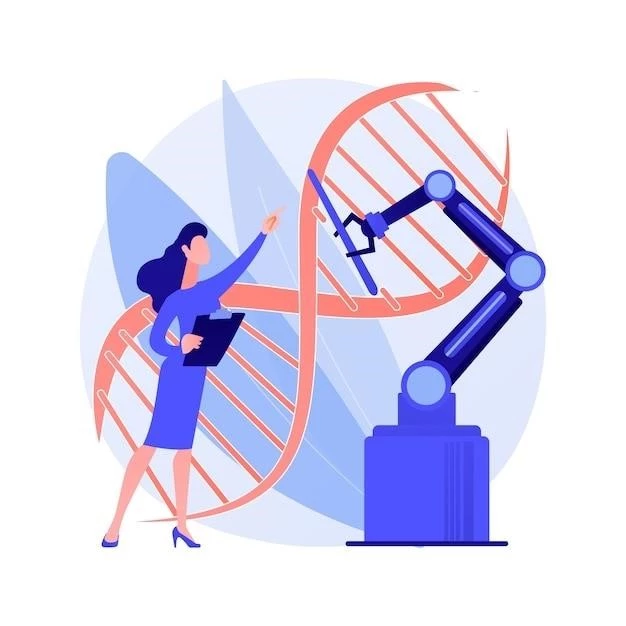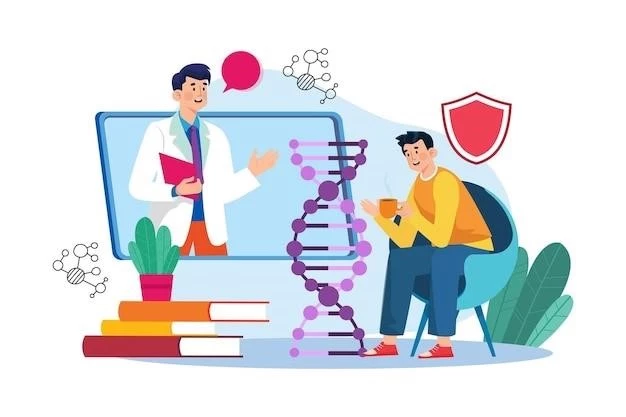Introduction
Schinzel-Giedion syndrome (SGS) is a congenital neurodegenerative terminal syndrome characterized by severe midface retraction, distinctive facial features, and multiple congenital malformations.
Overview of Schinzel-Giedion Midface Retraction Syndrome
Schinzel-Giedion syndrome (SGS) is a congenital neurodegenerative terminal syndrome characterized by severe midface retraction, distinctive facial features, and multiple congenital malformations. It involves a distinct set of dysmorphic facial features, such as macrocephaly, flat occiput, and highly arched eyebrows. The syndrome was first described in 1978 and is known for its characteristic midface retraction, skull anomalies, and renal abnormalities. Diagnosis was traditionally based on clinical manifestations alone before genetic confirmation became possible; The syndrome has a profound impact, leading to severe mental and physical disabilities, often resulting in a shortened life expectancy. Recent studies have focused on understanding the genetic basis, particularly mutations in the SETBP1 gene, which play a critical role in the development of SGS. Management of the syndrome involves addressing its various symptoms, including neurological issues and skeletal abnormalities, to improve the quality of life for patients. Families and patients affected by Schinzel-Giedion syndrome can access support and resources to help navigate the challenges associated with this rare condition.
Clinical Features
Distinctive facial features. Macrocephaly. Flat occiput. Hypotonic face with protruding tongue. Short midface. Highly arched and thick eyebrows. Midface retraction is a key characteristic of this syndrome. Other facial features include a large forehead, wide-set eyes, short nose, and wide mouth. Schinzel-Giedion syndrome presents with severe mental retardation and multiple congenital malformations impacting various body systems, including skeletal abnormalities and genitourinary anomalies.
Distinctive Facial Features
Schinzel-Giedion syndrome presents distinctive facial features including macrocephaly, brachycephaly, a hypotonic face with a protruding tongue, short midface, flat occiput, and highly arched and thick eyebrows. Other characteristics may involve a large forehead, wide-set eyes, short nose, and wide mouth. The typical appearance often includes midface retraction, giving the face a flat profile. These facial dysmorphic features are key identifiers of Schinzel-Giedion syndrome.
Neurological Symptoms
Individuals with Schinzel-Giedion syndrome may experience neurological symptoms such as severe mental retardation, seizures, and profound intellectual disability. Other common features include hypotonic face with a protruding tongue, flag midface, and clubfeet. The syndrome is associated with progressive brain atrophy and drug-resistant epilepsy, contributing to the complex neurodevelopmental challenges faced by affected individuals. Understanding and managing these neurological manifestations are essential for providing comprehensive care to individuals with Schinzel-Giedion syndrome.
Genetic Basis
The Schinzel-Giedion syndrome is caused by mutations in the SETBP1 gene. These genetic changes are not inherited and typically occur as de novo mutations in affected individuals٫ leading to the characteristic features of this rare syndrome.
Role of SETBP1 Gene Mutations
SETBP1 gene mutations play a crucial role in the development of Schinzel-Giedion syndrome (SGS), leading to the distinctive facial features, skeletal abnormalities, and neurological symptoms observed in affected individuals. These mutations occur as de novo genetic changes, not inherited from parents, and contribute to the severe and complex manifestations associated with SGS.

Diagnosis
Recognition and confirmation of Schinzel-Giedion syndrome previously relied on characteristic clinical manifestations alone. However, advances in genetic testing now allow for confirmation through the identification of mutations in the SETBP1 gene.
Recognition and Confirmation of Schinzel-Giedion Syndrome
Schinzel-Giedion syndrome was historically diagnosed based on unique clinical features such as distinctive facial characteristics. The availability of genetic testing has enabled the identification of mutations in the SETBP1 gene, confirming the presence of the syndrome in affected individuals. This genetic confirmation enhances diagnostic accuracy and aids in providing targeted care and management for individuals with this rare condition.

Treatment and Management
Approaches to addressing symptoms of Schinzel-Giedion syndrome include specialized care for distinctive facial features, neurological symptoms, and congenital malformations. Multidisciplinary treatments aim to improve quality of life and manage the complex challenges associated with this rare syndrome.
Approaches to Addressing Symptoms
Individuals with Schinzel-Giedion syndrome require specialized care addressing distinctive facial features, neurological symptoms, and congenital malformations. Multidisciplinary treatments aim to enhance quality of life and manage the complexities associated with this rare condition.
Schinzel-Giedion syndrome profoundly impacts life expectancy due to severe mental and physical disabilities, neurological symptoms, and congenital malformations, often resulting in a shortened lifespan.
Prognosis
The severe mental and physical disabilities associated with Schinzel-Giedion syndrome, along with the presence of congenital malformations and neurological symptoms, significantly impact life expectancy, often resulting in a shortened lifespan for affected individuals.
Research and Studies
Recent findings and studies on Schinzel-Giedion Midface Retraction Syndrome delve into the genetic basis, clinical manifestations, and potential therapeutic interventions for this rare neurodegenerative condition.
Recent Findings and Studies on Schinzel-Giedion Midface Retraction Syndrome
Recent research on Schinzel-Giedion syndrome has focused on understanding the genetic basis, clinical manifestations, and potential therapeutic interventions for this rare neurodegenerative condition. Studies have explored the role of mutations in the SETBP1 gene in the development of the syndrome, shedding light on its pathogenesis. Additionally, investigations into multidisciplinary treatment approaches aim to improve the management and quality of life for individuals affected by Schinzel-Giedion midface retraction syndrome.
Support and Resources
Available resources for patients and families affected by Schinzel-Giedion syndrome include specialized medical professionals, genetic counseling services, support groups, and online platforms offering information and assistance to navigate the challenges associated with this rare condition.
Available Resources for Patients and Families
Patients and families affected by Schinzel-Giedion syndrome can access specialized medical professionals, genetic counseling services, support groups, and online platforms providing information and assistance to navigate the challenges associated with this rare condition. These resources aim to offer comprehensive support and guidance to enhance the care and management of individuals affected by Schinzel-Giedion midface retraction syndrome.
